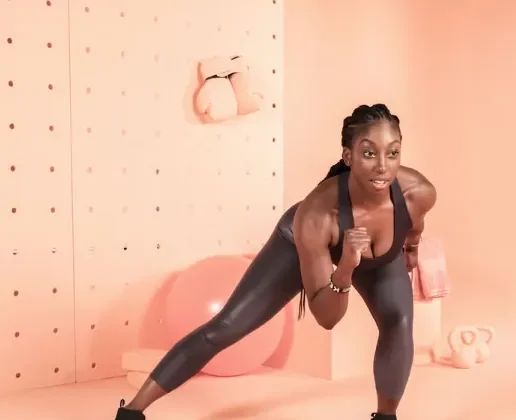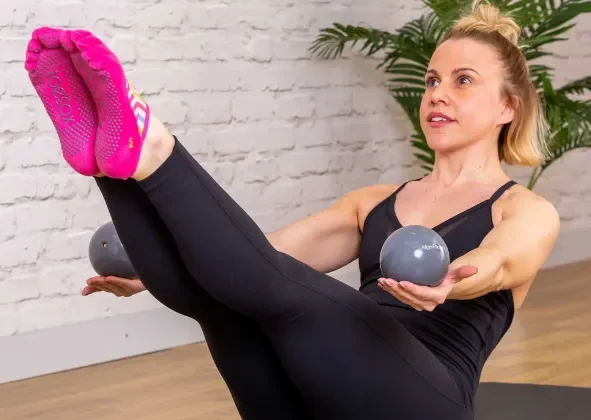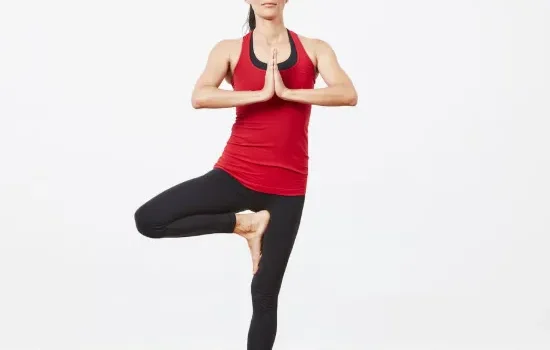
Linen pants have quickly become an essential summer staple, offering both comfort and versatility. Whether you’re dressing for a casual brunch or a more polished look, linen pants can seamlessly complement any occasion. They come in a variety of styles, from wide-leg to tailored trousers, and can be styled in countless ways for any season.
If you’re wondering how to style them for different occasions or how to maximize their potential, you’re in the right place. Here are 25 outfit ideas for how to wear linen pants this season, along with tips on finding the perfect pair for your style and budget.
Why Choose Linen Pants?
Linen is not only a stylish fabric, but it’s also incredibly sustainable. Made from flax plants, it requires minimal water and pesticides compared to other crops like cotton. Linen is biodegradable, durable, and, when cared for properly, can last a long time. When shopping for linen pants, always check for quality—higher-end linen uses longer, silky fibers, ensuring a smooth and soft texture. Lower-quality linen can feel rough and scratchy, so it’s important to touch and test the fabric before committing.
Some linen blends, like linen-cotton or linen-bamboo, provide added softness and comfort, making linen more accessible and wearable for all-day use.
Casual Linen Pants Outfit Ideas
- Natural Linen for Everyday
Pair natural-colored linen pants with a graphic tee and sneakers for a laid-back look. Add a denim jacket for those cooler evenings. - Weekend Relaxation
Black high-waisted linen pants paired with a simple tee or tank and flat sandals make for the perfect weekend look. Top it off with statement jewelry and a crossbody bag. - Errand Ready
For a comfortable yet stylish outfit, opt for relaxed-fit linen pants with a ribbed tank top and flip-flops. Layer with a white linen shirt for extra protection from the sun. - Add a Pop of Color
Go bold with brightly colored linen pants, like red or pastel blue. Pair them with a striped or patterned top for added visual interest. - Beachy Vibes
Wide-leg linen pants are a must-have for beach vacations. Throw them over your swimsuit and add a crochet top for a breezy, beach-ready look. - Boho Chic
Loose-fitting white linen pants paired with a flowy top and wedges create a perfect boho-chic vibe. Complete the look with trendy earrings and a large tote bag.
Dressier Linen Pants Outfit Ideas
- Matching Sets
Linen matching sets are a chic day-to-night option. Wear with sandals and minimal accessories for a daytime look, then swap to heels and statement jewelry for an evening ensemble. - Brunch Chic
Pair black linen pants with an off-the-shoulder top and espadrilles. This look is perfect for a sunny brunch date. - Summer Whites
White linen pants with a coordinating vest or waistcoat offer a polished yet casual summer look. Add heels, dainty jewelry, and a leather bag for a sleek finish. - Printed Fun with Neutrals
Pair a fun, printed blouse with neutral-toned linen pants for a balanced yet stylish outfit. Alternatively, a printed pair of linen pants with a simple top makes for a statement look. - Evening Elegance
Dress up linen pants with a silk camisole and heels for a sophisticated night out. This combo is both elegant and comfortable. - Monochrome Magic
Create a sleek, elongated silhouette by pairing linen pants with a matching top. A statement belt ties the look together, making it perfect for a more polished appearance. - Date Night Ready
For a summer date, pair high-waisted linen pants with a cropped top and low heels. This ensemble is breathable and stylish while showing off your curves.
Office-Ready Linen Outfits
- Casual Office Chic
Linen pants and a lightweight blazer create a professional yet stylish office look. Add pointed-toe heels or loafers to complete the ensemble. - Layered Comfort
For cooler days at the office, layer linen pants with a cardigan or lightweight sweater. This adds warmth and dimension while maintaining comfort. - Sleek and Polished
Dark linen pants in navy or black paired with a white button-down shirt and loafers make for a sophisticated business-casual look. Add a vibrant belt or scarf for a pop of color. - Creative Professional
Pair bright or patterned linen trousers with a stylish blouse and kitten heels for a unique professional look that balances creativity and professionalism. - Classic Button-Down
A classic button-down shirt tucked into linen pants is a versatile office look. Add flats for comfort or heels for a dressier appearance. - Casual Layers
Layer a white tee under a strapless top and pair it with linen pants for an effortlessly cool, professional look.
How to Shop for Linen Pants
Finding the perfect pair of linen pants depends on your budget and preferred style. Here’s a breakdown of where to shop:
- Affordable Options: Stores like Uniqlo, Quince, and Mango offer stylish and budget-friendly linen pants without compromising quality. While these might not always be 100% linen, they still provide good options at a great price point.
- Mid-Range Selections: Brands like J.Crew, Banana Republic, and Everlane offer high-quality linen pants that blend comfort, style, and sustainability. These options are perfect for those who want a bit more durability without the luxury price tag.
- High-End Picks: If you’re willing to invest in premium pieces, look to brands like Sèzane, Vince, and Theory for high-quality linen pants that promise exceptional comfort and longevity.
Care Tips for Your Linen Pants
To keep your linen pants in top shape, follow these care tips:
- Hand Wash or Gentle Machine Wash: Always wash linen on a gentle cycle with cold water and mild detergent.
- Avoid Heat: Never use hot water or high heat when washing or drying your linen pants to prevent shrinkage.
- Air Dry: Lay your linen clothes flat to dry, which will help maintain their shape.
- Iron on Low: If necessary, iron on the lowest heat setting, and always use steam to remove wrinkles.
Linen pants are a versatile and eco-friendly wardrobe staple that can be styled in endless ways. Whether dressing up for a night out or keeping it casual for everyday errands, linen pants offer a blend of comfort and style that’s perfect for every occasion.



















